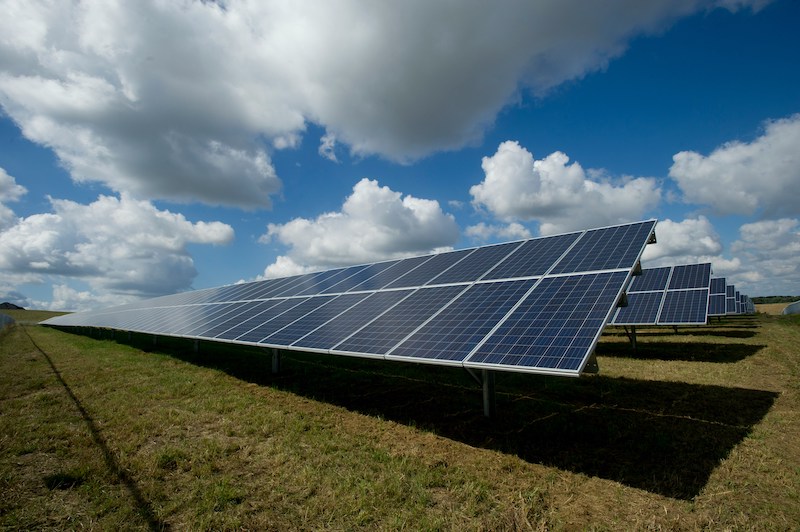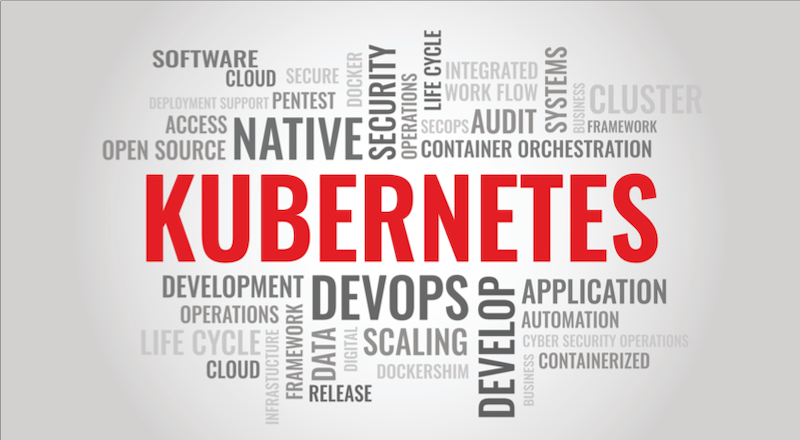Looking at the energy landscape, a major transition towards renewable sources like solar and wind power is reshaping the industry. In the past couple of years, there has been a massive shift towards renewable energy. Renewables have been confirmed to be the cheapest form of power , with solar and wind in many countries being cheaper and more secure than fossil fuels. Despite the cost-effectiveness of these alternatives and the promises of a cleaner and more sustainable future, challenges arise due to the intermittent nature of energy production.
The energy sector covers a multitude of extremely broad topics that can go from resource and energy grid management to energy production, EV charging stations, national incentives, and much more. For this reason, this article will unveil some of the predominant edge computing solutions that can support utilities and energy providers, grid operators, and Point of Consumption Managers.
[For a more in-depth overview and support please contact us].
Utilities and Energy Providers
Energy providers generate or procure energy, while utilities distribute and manage their delivery to consumers, ensuring a reliable supply of essential resources like electricity, natural gas, or water. The incorporation of edge computing technologies provides a comprehensive solution to challenges faced by utilities and energy producers. It provides real-time insights, supports adaptability to renewable energy transitions, optimizes distribution networks, enhances building energy efficiency, and efficiently manages EV charging infrastructure.
In the utilities and energy production domain, the adoption of edge computing addresses a spectrum of crucial needs. Firstly, it enables real-time monitoring of energy output and production processes, providing enhanced visibility and control over operations. This becomes particularly significant in the context of renewable energy sources, which often exhibit intermittent generation patterns.
As the energy industry undergoes a pivotal shift from fossil fuels to renewables, edge computing plays a central role in supporting this transition. It facilitates the intelligent adaptation and repurposing of machinery, fostering collaboration with machine makers to enhance the intelligence of industrial equipment. For example, gas generators can be switched to hydrogen, and edge computing can support machine makers to turn their machineries into adaptable and intelligent solutions. Edge computing can make the transformation smoother and facilitates the repurposing of existing infrastructure.
Optimizing the distribution of energy through power grids is another critical aspect where edge computing proves to be invaluable. Improved instrumentation of the grid enables better balance, availability, and reliability. Notable use cases underscore the need for highly accurate real-time monitoring at high-power and medium exchange points, facilitating both immediate system insights and the creation of historical data for comprehensive analysis.
Furthermore, edge computing offers tailored solutions for monitoring and optimizing the energy efficiency of buildings. Given that a significant portion of CO2 emissions (30%) arise from buildings, real-time monitoring, data analytics and AI at the edge can play a pivotal role in reducing environmental impact.
Additionally, the integration of edge computing transforms Electric Vehicle (EV) charging stations into strategic points of energy distribution for utility providers. This ensures the efficient management of energy resources, aligning the charging infrastructure with the broader energy distribution strategy.
Energy Grid Operators:
Energy grid operators have a critical need for real-time and comprehensive monitoring of the entire distribution grid to ensure the efficiency and reliability of power supply. The deployment of sensors and smart devices at various points in the grid is made possible through edge computing, enabling continuous data collection and analysis at the source. By processing data at the edge, operators can gain instant insights into grid conditions, detect anomalies, and respond swiftly to potential issues, ultimately enhancing overall grid resilience.
Another significant challenge for energy grid operators is managing the intermittency of renewable energy sources such as wind and solar power. These sources introduce fluctuations in power production, leading to dynamic energy flows. Edge computing addresses this challenge by offering a proactive solution for managing these fluctuations through localized decision-making near the energy sources. In situations of excess power on the grid, edge devices can autonomously trigger the switching off of specific renewable sources, preventing overloads and grid instability. Conversely, when excess power can be stored in alternative forms, edge computing provides the intelligence to initiate the storage process efficiently.
Point of Consumption Management:
Point of Consumption Managers frequently face the challenge of monitoring and understanding the users’ consumption patterns. Edge computing proves to be instrumental in addressing this concern by facilitating real-time analysis of data at the edge of the network, in close proximity to the data source, using AI when appropriate. This localized processing allows for swift analysis of substantial volumes of user data without the necessity to transmit it to a centralized cloud server. The result is an expedited understanding of users’ behaviors, preferences, and trends. The capability to gain immediate insights empowers managers to make informed decisions promptly and adjust strategies in response to the evolving consumption patterns.
Edge computing also brings an important advantage when implementing measures to effectively influence users’ habits. By conducting data processing locally at the edge, managers can implement personalized and timely interventions aimed at encouraging specific behaviors. For instance, the calculation and communication of discounts for delayed consumption can be dynamically executed in real-time, aligning with users’ current consumption patterns. The low latency and responsiveness inherent in edge computing ensure that users receive targeted incentives or messages precisely when they are most likely to impact decision-making. This proactive approach enhances managers’ capacity to shape user habits in alignment with their business objectives.
Sovereignty in Domestic Production:
Energy security is a strategic objective of many countries, with the aim of avoiding excessive reliance on external markets for power procurement. Countries, entities, and even individuals can have the capacity to make their own decisions regarding consumption and distribution of energy. This is where edge computing plays an impactful role. By leveraging edge computing technologies, it is possible to strategically manage energy consumption patterns, thereby reducing the need to purchase additional power from external markets during peak periods, giving more independence to the private or public users and producers.
Additionally, by employing edge computing to smooth out power consumption peaks, countries enhance their energy self-sufficiency and reduce susceptibility to market fluctuations. This not only contributes to greater economic stability but also aligns with the broader goal of fostering national autonomy in managing critical resources. The integration of edge computing technologies therefore becomes a strategic imperative for nations aiming to strengthen their sovereignty and safeguard against vulnerabilities associated with energy dependencies.
SixSq stands at the forefront of transforming the energy sector with a comprehensive array of solutions embedded within its Nuvla.io ecosystem. Out of the many apps that SixSq provides via Nuvla.io, AI EdgeLabs, Parquery, Clearblade, Kadiska, Eximprod, and CLEMAP collectively offer a multifaceted approach to addressing key challenges in the industry. Through these applications and its NuvlaEdge software, SixSq provides invaluable tools for monitoring production and consumption, capturing crucial metrics such as voltage, current, phase, and much more. The platform’s capability to create a robust data warehouse facilitates the storage of historical data, laying the foundation for AI training and predictive analytics.
SixSq’s commitment to security is exemplified by its option to deploy the platform and a subset of the marketplace on-premises, ensuring a high level of data security. This strategic integration of technology not only empowers organizations in real-time monitoring and consumption analysis but also paves the way for informed decision-making and sustainable practices within the dynamic landscape of the energy sector.


